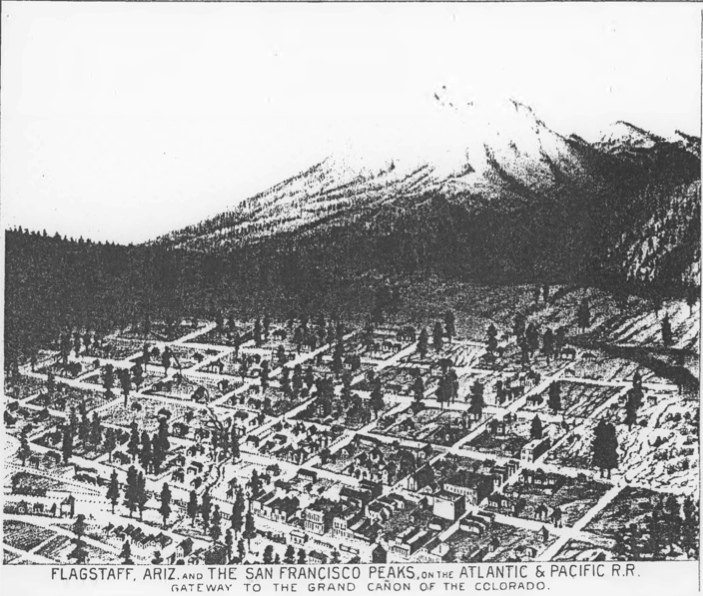
A view of downtown
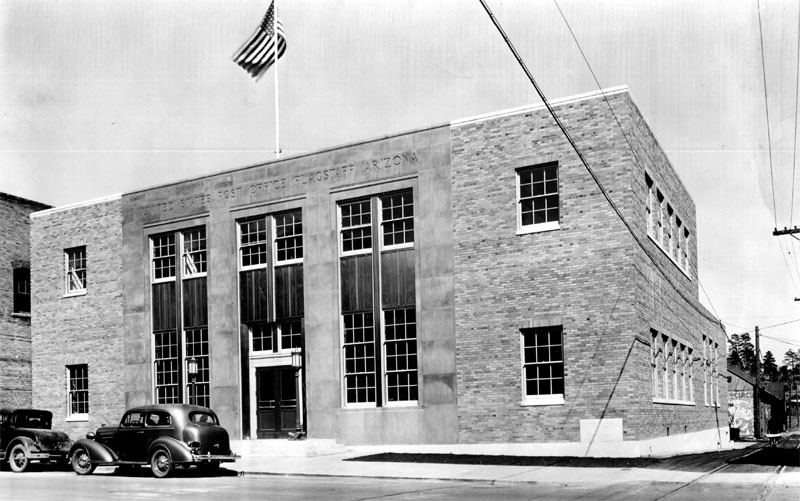
The Federal Building
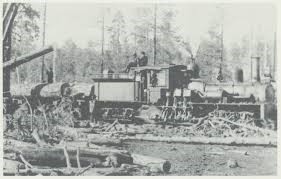
Lumber and Trains
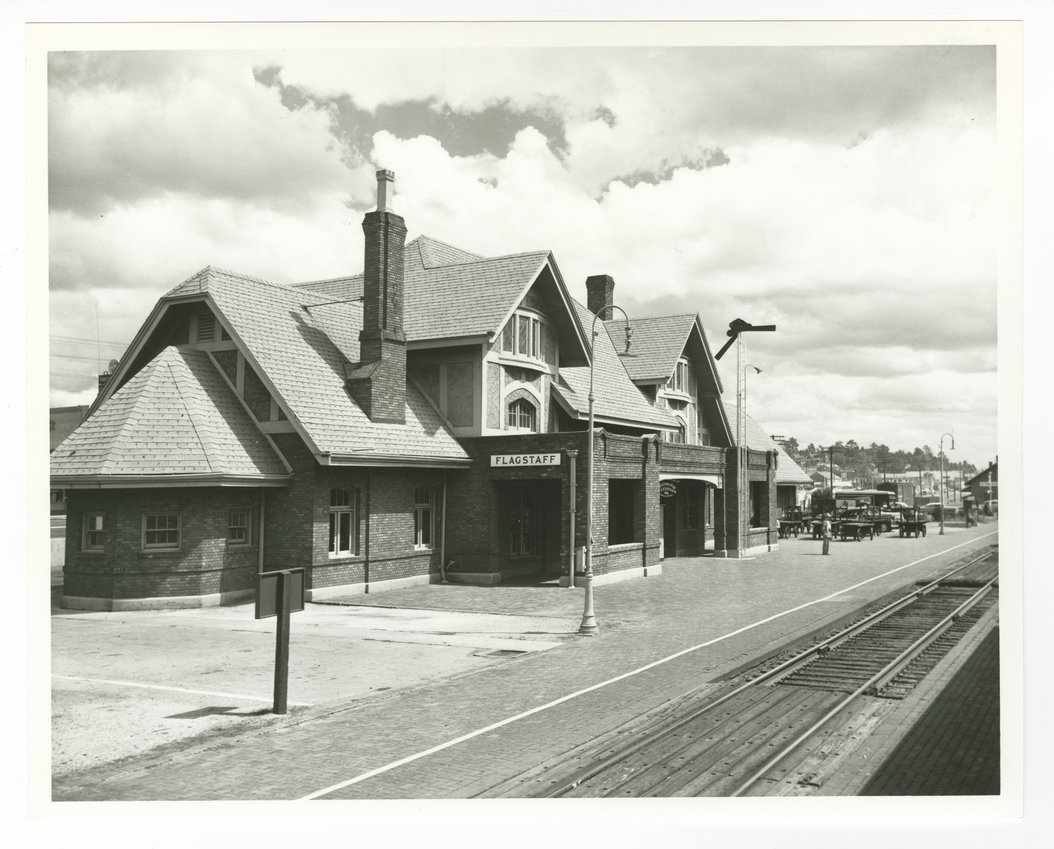
The Train Depot
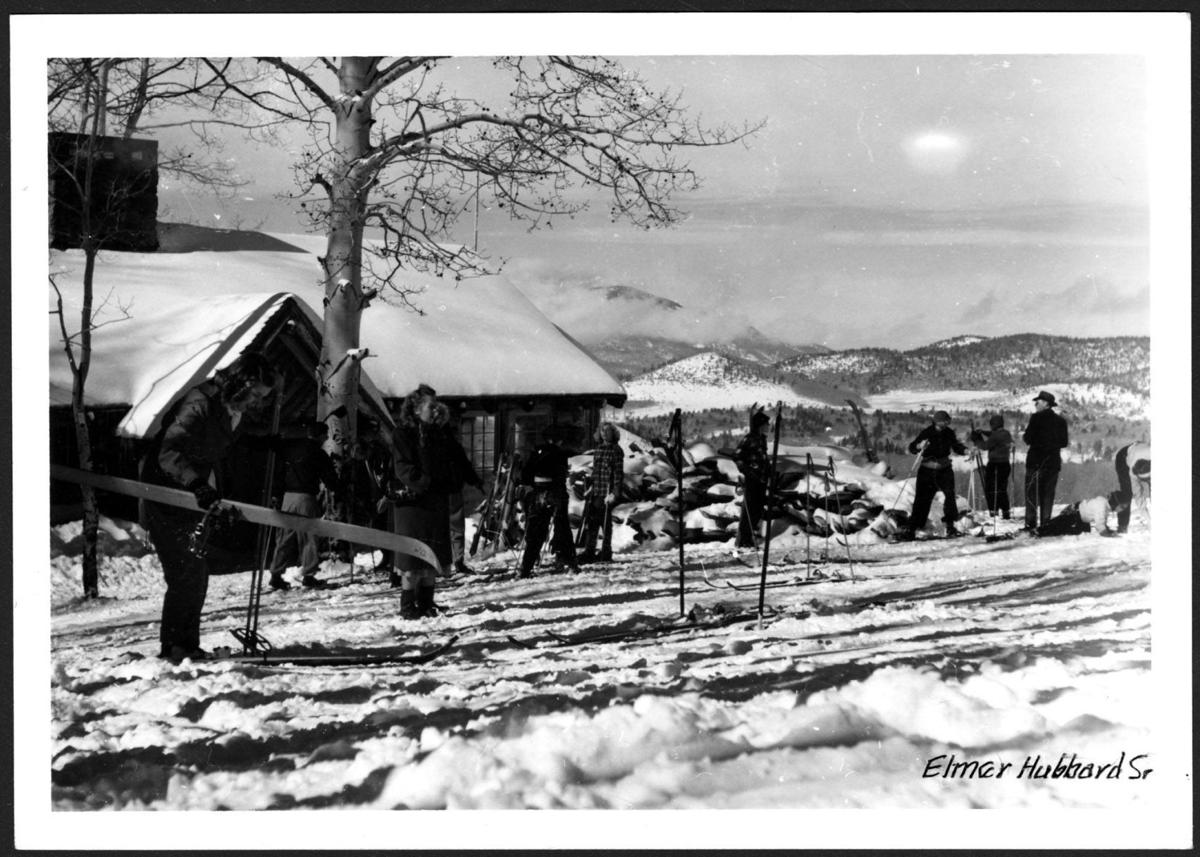
Snow Bowl
Originally settled by the pre-Columbian native Sinagua people, the area of Flagstaff has fertile land from volcanic ash after eruptions in the 11th century. It was first settled as the present-day city in 1876. Local businessmen lobbied for Route 66 to pass through the city, which it did, turning the local industry from lumber to tourism and developing downtown Flagstaff. In 1930, Pluto was discovered from Flagstaff. The city developed further through to the end of the 1960s, with various observatories also used to choose Moon landing sites for the Apollo missions. Through the 1970s and '80s, downtown fell into disrepair, but was revitalized with a major cultural heritage project in the 1990s.
Located in the high country mountains of northern Arizona, Flagstaff is not the Arizona experience you may expect. At 7,000 feet elevation, temperatures rarely exceed 90 degrees in the summer, fall brings a brilliant change of color, winter snowfall averages 108 inches and spring bursts with blossoms.
The Flagstaff area got its start in 1876 with a pioneer legacy that centers on ranching, lumber mills and the railroad. Many of the buildings in Flagstaff’s historic downtown area date to the early 1900’s and are used today as stores, galleries, hotels and restaurants.
Flagstaff is located near the center of Northern Arizona at the juncture of Interstate 17 and Interstate 40, about 150 miles north of Phoenix, AZ and 80 miles south of the Grand Canyon.
Population: 65,914 (2012 U.S. Census Bureau Data)
Elevation: 7,000 feet above sea level (2,130 meters)
Elevation of San Francisco Peaks: Humphreys Peak is the highest point in Arizona at 12,633 feet (3,851 meters). Following in elevation are the three other major peaks–Agassiz, Fremont and Doyle.
Read More